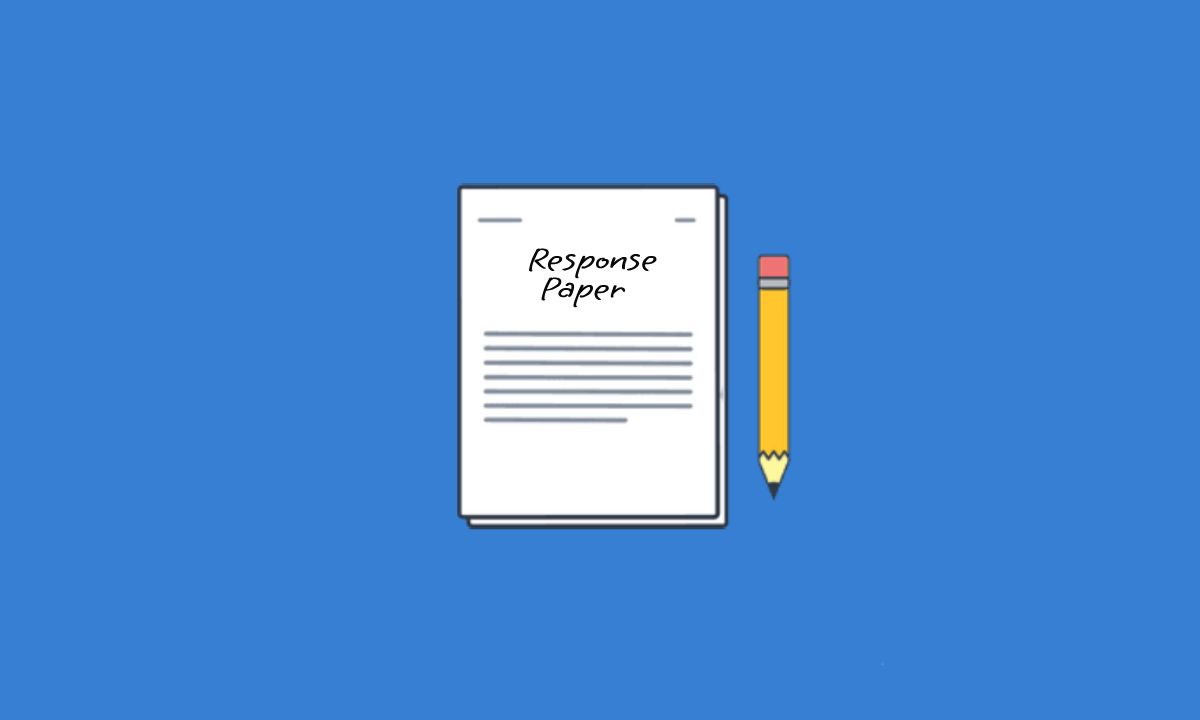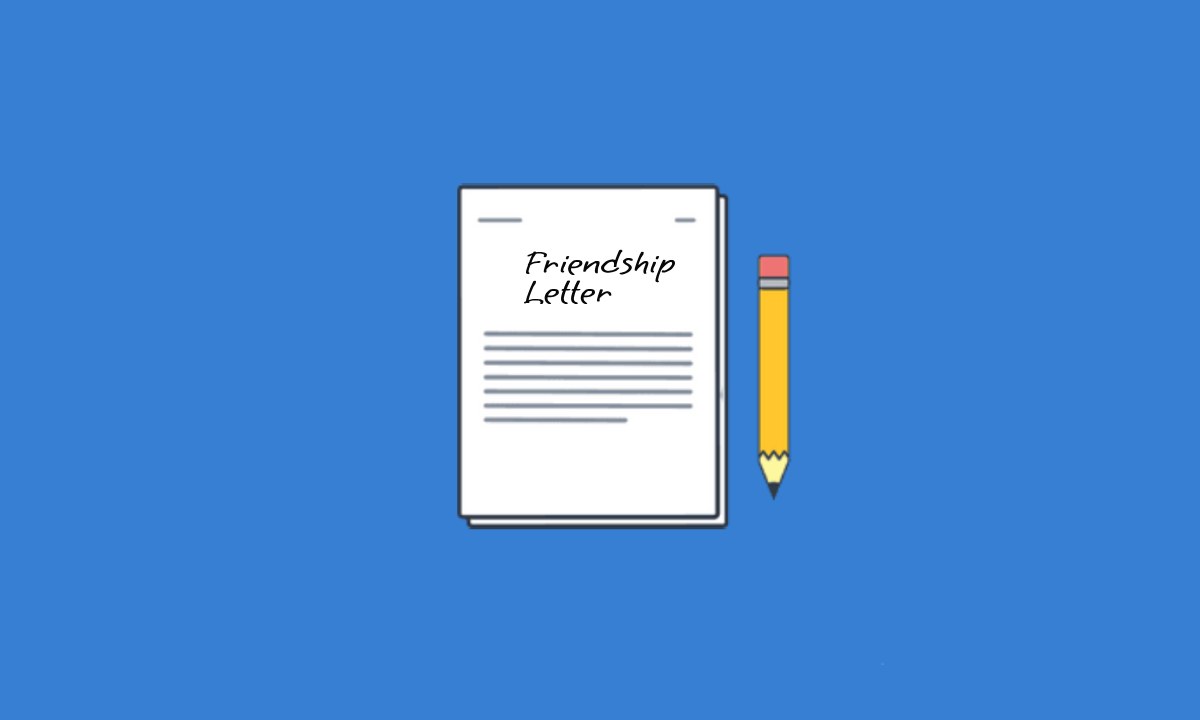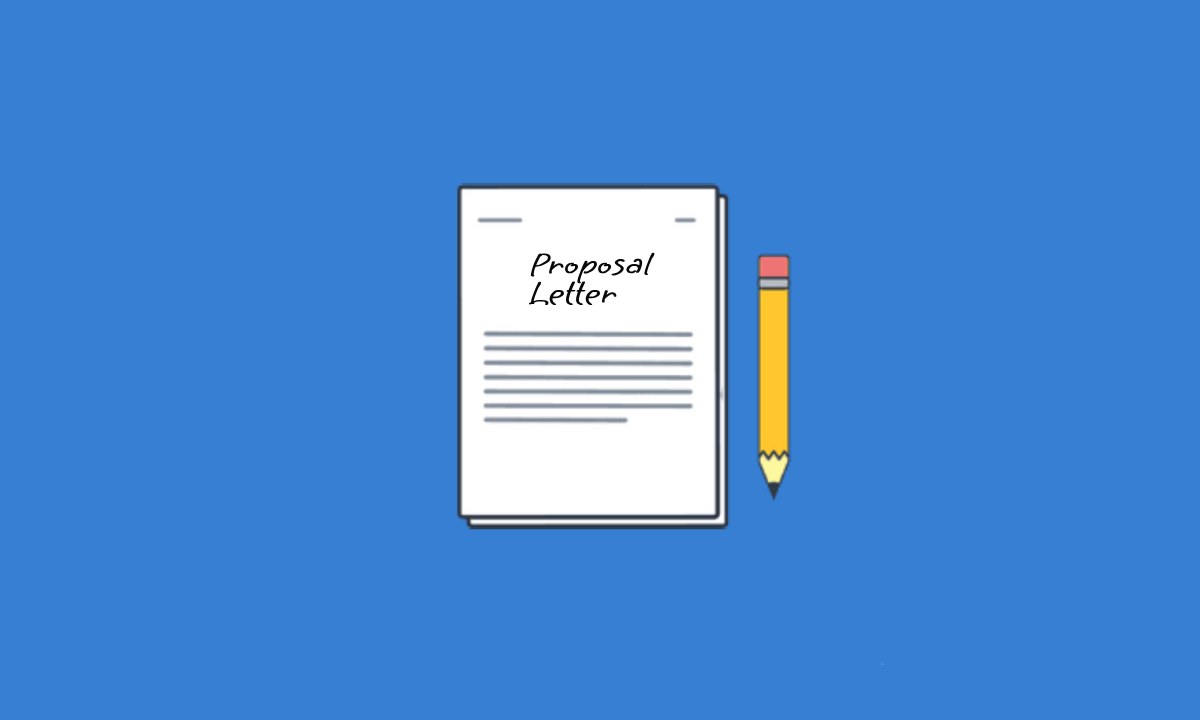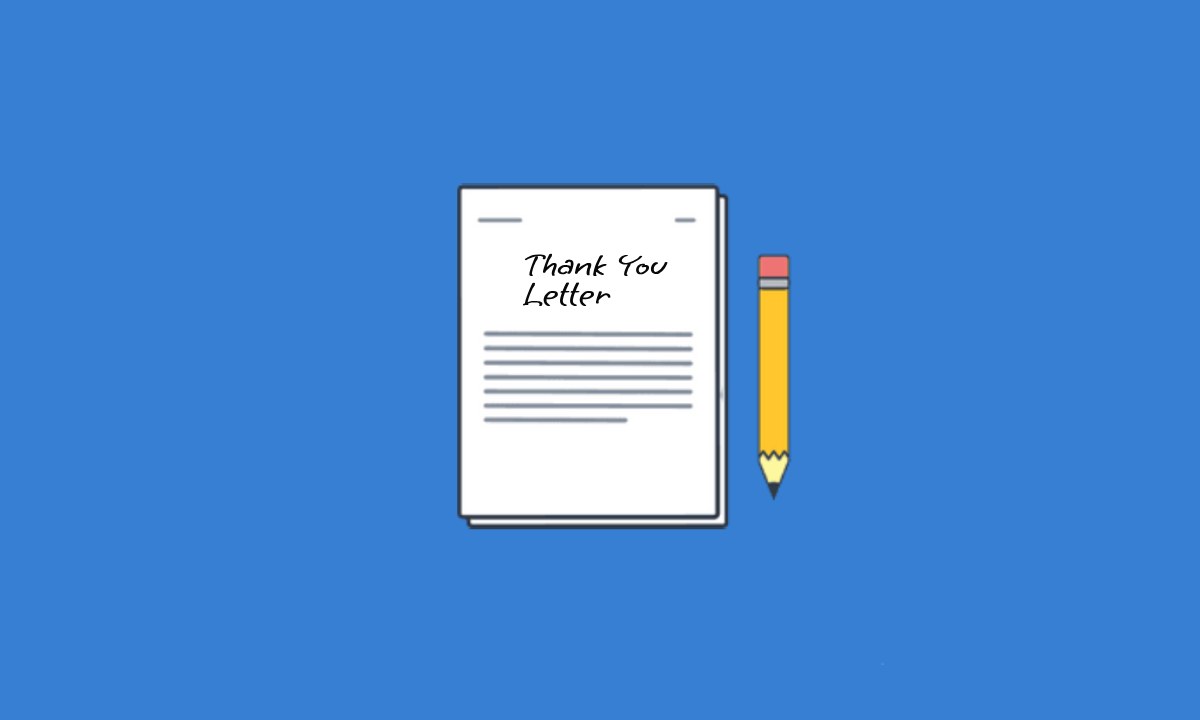What is a Response Paper ?
A response paper is a written piece where you analyze, interpret, and react to a text, film, lecture, or another work. It goes beyond summarizing the material and includes your thoughts, opinions, and critical reflections.
Response Paper Types:
There are several types of response papers, each with a different focus. Here are the main types:
1. Personal Response
A personal response paper focuses on your individual thoughts, emotions, and experiences related to the work. It is often informal and allows you to connect with the material on a deeper level. Instead of simply summarizing the content, you express how it made you feel, whether you agreed or disagreed with the ideas, and how it relates to your own life. While it is subjective, it should still be well-organized and supported by specific examples from the work.
2. Critical Response
A critical response paper analyzes the strengths and weaknesses of a work, assessing its arguments, structure, and effectiveness. Unlike a personal response, this type requires a more formal and objective approach. You must evaluate whether the author’s claims are well-supported, identify biases, and discuss how convincing the argument is. This response type often includes evidence from the text and external sources to support your critique. A well-structured critical response presents a balanced perspective rather than just agreeing or disagreeing with the work.
3. Analytical Response
An analytical response paper focuses on breaking down the themes, structure, and techniques used in a work. Instead of reacting emotionally or judging the content, you examine how the author conveys their message and the impact of their choices. This might include analyzing symbolism, character development, narrative style, or rhetorical strategies. The goal is to explore deeper meanings and provide insights into why certain elements were used and how they contribute to the overall message of the work.
4. Comparative Response
A comparative response paper examines the similarities and differences between two or more works. It can compare different texts, films, or ideas, highlighting how they approach a common theme or concept. This type of response helps deepen understanding by showing multiple perspectives on a subject. The comparison can focus on various aspects such as writing style, themes, historical context, or character development. A well-organized comparative response clearly explains the significance of the similarities and differences and how they shape the audience’s interpretation.
5. Evaluative Response
An evaluative response paper assesses the effectiveness, credibility, or value of a work. It goes beyond personal opinion by providing well-reasoned judgments based on clear criteria. You might evaluate whether the author’s arguments are logical, whether the work is engaging, or how well it achieves its intended purpose. This type of response often includes comparisons to similar works or standards in the field. A strong evaluative response remains fair and balanced, acknowledging both the strengths and weaknesses of the work before drawing a conclusion.
Response Paper Format:
A response paper typically follows a structured format to ensure clarity and organization. While the exact format may vary depending on the assignment, the following is a standard structure:
1. Introduction
The introduction sets the stage for the response paper by providing essential background information about the work being analyzed. This includes the title, author, and a brief summary of the content. The introduction should also state the main theme or argument of the work and present a thesis statement that outlines your response. This thesis should give readers a preview of your reaction, whether it is personal, critical, analytical, or comparative.
2. Summary of the Work
Before presenting your response, provide a concise summary of the original work. This section should cover the main ideas, key arguments, or essential elements of the text, film, or lecture. Avoid unnecessary details, and focus on summarizing the most important aspects that are relevant to your response. Keep this section neutral and objective, as the personal reaction comes later.
3. Reaction and Analysis
This is the core of the response paper, where you present your thoughts, analysis, and evaluation of the work. Depending on the type of response paper, this section may include:
Personal Reflections: How did the work make you feel? Did it challenge your beliefs or reinforce them?
Critical Analysis: What are the strengths and weaknesses of the work? Did the author achieve their purpose effectively?
Thematic Exploration: What deeper themes or messages are conveyed, and how do they relate to broader issues?
Comparisons: How does this work relate to other texts, ideas, or real-world events?
Support your response with specific examples, quotes, or evidence from the work to strengthen your analysis. Avoid making broad claims without justification.
4. Conclusion
The conclusion should summarize your overall response and restate your main points in a concise manner. Reflect on the significance of the work and its impact on your understanding of the subject. You can also suggest further questions or areas for discussion. Avoid introducing new ideas in this section—focus on wrapping up your argument effectively.
5. References (if required)
If your response paper includes references to other sources, be sure to include a citation list in the appropriate format (APA, MLA, Chicago, etc.). This ensures proper credit is given to the original work and any additional sources used in your analysis.
How to Write a Response Paper ?
Writing a response paper involves more than just summarizing a work—it requires analysis, critical thinking, and a structured presentation of your reaction. Follow these steps to craft an effective response paper:
1. Read or Watch the Work Carefully
Before writing, engage deeply with the material. Whether it’s a book, article, film, or lecture, take notes on key points, arguments, themes, and your initial reactions. Pay attention to elements like tone, purpose, and the techniques used by the creator to convey their message.
2. Identify Your Main Reaction
After reviewing the work, determine your overall response. Ask yourself:
- Did you agree or disagree with the arguments?
- What emotions did the work evoke?
- Did the work succeed in its purpose?
- How does it relate to other knowledge or experiences you have?
- Your main reaction will shape the thesis of your response paper.
3. Develop a Thesis Statement
Your thesis should clearly state your response to the work. It can express an agreement, disagreement, appreciation, critique, or a combination of reactions. A strong thesis guides the rest of your paper by outlining the key points you will discuss.
4. Create an Outline
Organize your thoughts into a structured format before writing. A typical outline includes:
Introduction: Background of the work and your thesis statement.
Summary: A brief, objective recap of the work’s main ideas.
Reaction and Analysis: Your evaluation, supported by examples and evidence.
Conclusion: A summary of your main points and final thoughts.
5. Write the Paper
Introduction:
Start with a hook to grab the reader’s attention, such as a thought-provoking question, quote, or statement. Provide the title, author, and a brief background of the work. Conclude the introduction with your thesis statement, which presents your main response.
Summary:
Write a concise summary that covers the key points of the work without inserting your personal opinions. Keep it objective and focus only on essential elements.
Reaction and Analysis:
This is the most important section of the response paper. Present your analysis with supporting evidence from the work. Depending on the type of response, this section may include:
Personal Reflection: How the work impacted you emotionally or intellectually.
Critical Analysis: Strengths, weaknesses, and effectiveness of the work.
Comparisons: How this work relates to others in the same field or topic.
Use examples and quotes to strengthen your arguments and avoid vague statements.
Conclusion:
Summarize your response by restating your main points. Reflect on the significance of the work and its impact on your perspective. Avoid introducing new arguments in this section.
6. Edit and Revise
Once you’ve completed your draft, revise it for clarity, coherence, and structure. Check for grammar and spelling errors, and ensure that your arguments are well-supported. Reading the paper aloud can help identify awkward phrasing or unclear points.
7. Format and Cite Sources (if needed)
Follow the required formatting style (APA, MLA, Chicago, etc.) and cite any sources appropriately. Proper citations help avoid plagiarism and give credit to original ideas.
Difference Between a Reaction Paper and a Response Paper:
Reaction papers and response papers are similar as they both involve engaging with a work and providing personal opinions, there are key differences in their focus, depth, and structure.
- A reaction paper focuses more on personal emotions and immediate impressions of a work, emphasizing how it made you feel. A response paper, on the other hand, includes both personal opinions and critical analysis, evaluating the effectiveness of the work.
- A reaction paper is often subjective and does not require deep analysis, while a response paper goes beyond emotions and involves critical thinking.
- The structure of a reaction paper is usually informal, resembling a journal-style reflection, whereas a response paper follows a formal academic structure with an introduction, summary, analysis, and conclusion.
- Reaction papers are more opinion-driven and do not always require evidence, while response papers balance subjective reactions with objective analysis, often using textual evidence.
Response Paper Sample:
Below is a short sample of response paper to give you an idea of how to structure your own.
Response Paper: “The Great Gatsby” by F. Scott Fitzgerald
F. Scott Fitzgerald’s The Great Gatsby tells the tragic story of Jay Gatsby, a man who is consumed by his love for Daisy Buchanan and his desire to achieve the American Dream. Through the eyes of narrator Nick Carraway, Fitzgerald explores themes of wealth, ambition, and the illusion of success. The novel, set in the Jazz Age, critiques the moral decay hidden behind the glamour of 1920s society. After reading the novel, I was struck by the contrast between Gatsby’s idealized vision of the American Dream and the harsh reality of his life, ultimately highlighting the emptiness of that dream.
The most powerful aspect of the novel is its portrayal of Gatsby’s unrelenting love for Daisy. His obsession with her represents the deeper yearning for something unattainable. The idea that Gatsby could recreate the past is both heartbreaking and symbolic of how people often chase unattainable ideals. I found myself feeling sympathy for him, despite his flaws, because his determination to change his fate resonated with my own experiences of striving for dreams that seem just beyond reach. However, I also recognized the flaws in Gatsby’s vision. His belief that wealth and social status would win Daisy’s love overlooks the reality of human relationships and the deep flaws in his character.
The novel also critiques the society that values wealth and status above all else. Daisy and Tom Buchanan, who are portrayed as morally corrupt and shallow, serve as symbols of a society where money dictates one’s worth. This reminded me of the disconnect between appearance and reality in modern society, where success is often equated with material wealth, despite the emotional and ethical cost. The way Gatsby, despite his riches, is never truly accepted by the old-money class underscores the idea that the American Dream is more myth than reality. This was a harsh but important observation about the limitations of societal structures.
Ultimately, Fitzgerald’s The Great Gatsby offers a profound critique of both the American Dream and the superficiality of society. While Gatsby’s passion and dreams are tragic, they serve as a mirror to the larger disillusionment that many experience when they chase after ideals without considering the deeper, more meaningful aspects of life. In reflecting on the novel, I felt a mix of admiration for Gatsby’s perseverance and sorrow for his inability to let go of an unrealistic ideal.



